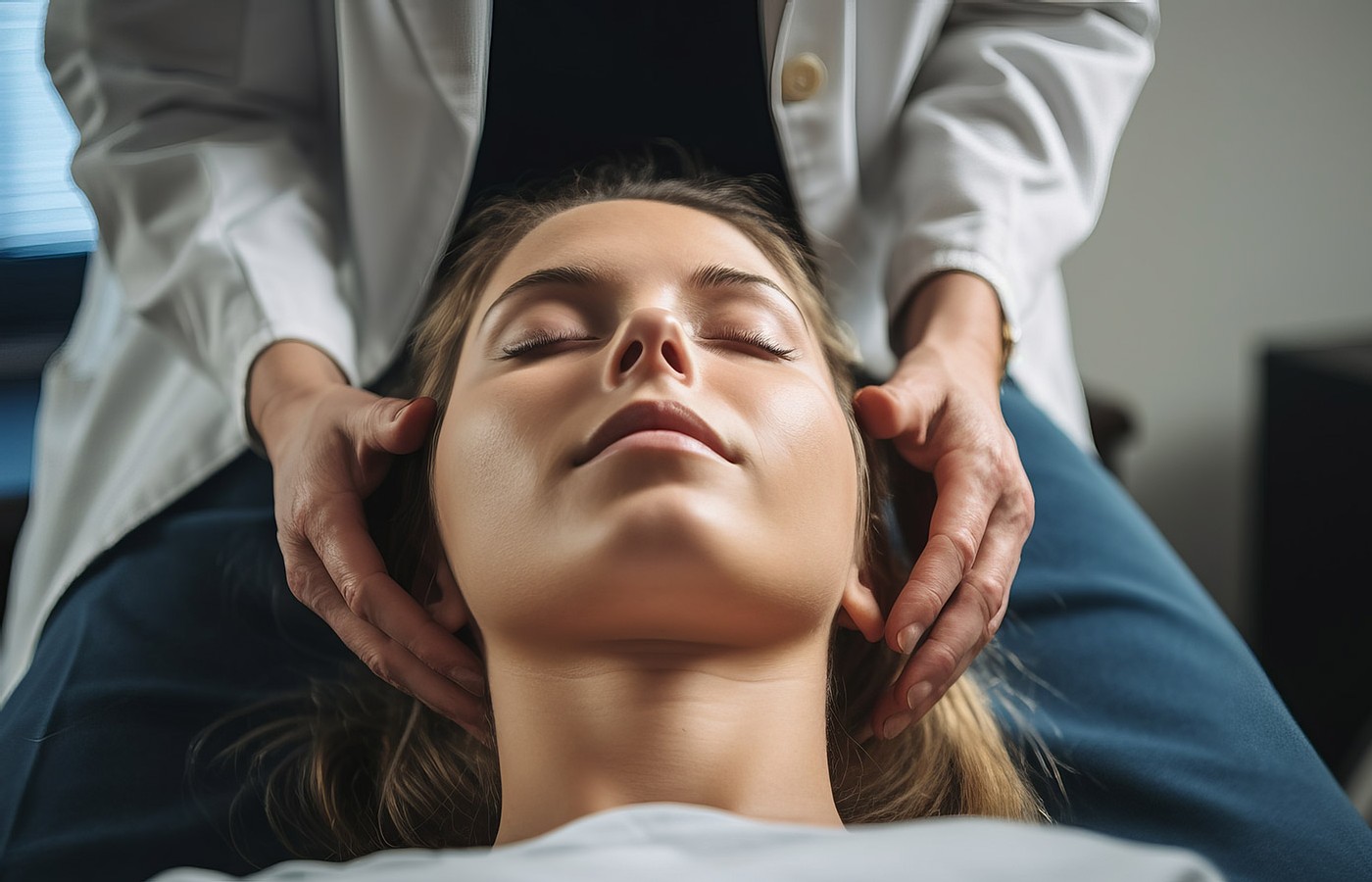Whether you accept it, avoid it or live somewhere in between, insurance coverage has become a defining issue for our profession. Patients increasingly expect to use their benefits, practitioners want to be compensated fairly for their time and expertise, and the system itself remains – at best – fragmented. The encouraging news is that coverage has expanded in meaningful ways. The challenging news is that reimbursement, across the board, remains inadequate.
Discovering Skull Palpation
- Observation and palpation of the skull allows me to very quickly decipher the patient’s neurological condition.
- I can then formulate a protocol to help those with blurry vision, balance issues, concussion sequelae, or any number of other symptoms.
- It has helped me to assess and treat a wide range of conditions, from Parkinson’s disease to tinnitus – a difficult condition to treat.
For over 20 years I have been treating stroke and neurological patients who have suffered severe neurological deficits – the kinds of difficult cases that make you tighten up with fear (and hope) before needling. Traditional modes of assessing, including pulse and tongue diagnosis, often came up short for me in suggesting a direction for treatment.
I did a lot of self-observation and post-treatment note-taking for these cases. In each case and in every session, I palpated the patient’s head and neck. At some point, I started recognizing that certain skull patterns correlated to certain conditions. Reviewing and organizing these patterns, it was evident that they were in line with TCM, neurological, and scientific principles.
After much contemplation, practice, and especially after extensive experience teaching the amazing neurological acupuncture techniques that I learned in Tianjin, I started to see more clearly that what I was palpating were tangible, obvious structures on the scalp tissue of the skull and the neck.
I realized that because I had been practicing taiji for over 40 years, my hands had become very sensitive, and I was operating from a neutral position and empty mind with every single needle I put into a patient. As a result, when I palpated each patient’s head, I could feel in detail the anatomical structures of the skull – temporal bone, mastoid process, external occipital protuberance, and so on, and detect changes or abnormalities. Over the course of 20 years, the skull patterns that I found became diagnostic tools I used to develop treatment protocols.
I began to call this method skull palpation – even though it is technically scalp palpation – in order to differentiate it from scalp acupuncture, which is a completely different acupuncture system. My background in neurological acupuncture is rooted in the Xing Nao Kai Qiao stroke therapy system created by my mentor Dr. Shi Xue Min. This system is widely used, successfully, throughout Asia and is distinct from the scalp acupuncture system.
Observation and palpation of the skull allows me to very quickly decipher the patient’s neurological condition and formulate a protocol to help those with blurry vision, balance issues, concussion sequelae, or any number of other symptoms. It has helped me to assess and treat a wide range of conditions, from Parkinson’s disease to tinnitus – a difficult condition to treat.
A case study involving a high-school football player with a concussion illustrates the efficiency of skull palpation and how it combines Chinese medicine and functional neurology. John Doe was referred to my clinic after being seen at the Hospital for Special Surgery in New York City for concussion symptoms. The concussion specialist at HSS regularly refers cases to our office for hands-on neurological rehab to speed recovery.
During a football game, John had taken blows to the back and side of his head and was suffering from brain fog, headaches, fatigue, and difficulty concentrating. He had been told to refrain from looking at the computer, cell phone or any monitor for about six weeks – a standard protocol; and was restricted from sports activities until his symptoms cleared up.
A functional neurology test called a saccade is normally employed to assess neurological impacts by checking the ability of the eyeballs to track smoothly in different directions. This assessment can take quite a bit of time during an initial visit; additional tests are then needed to determine which acupuncture points should be treated. John’s initial saccade had shown that his right eye had a latency or hesitation before moving in the correct direction.
However, using the skull palpation method, I have found that, even without conducting the saccade, I am able to identify a history of concussion. Different forms of swelling at the GB 20 (Fengchi) point are associated with concussion and a positive saccade test. Swelling of a softer texture can indicate blurry vision, but a harder, pointier bump indicates a concussion that has affected eye movement in the different vectors.
As I do with all my neurological cases, I sat in front of John, placing my hands around the lateral frontal and parietal bones of his head. Lightly and smoothly, I pushed my fingers from the anterior to posterior position, following the contour of his head until I reached the occipital ridge where it connects with the back of the neck. As I suspected, I found a sharp, hard lump of tissues around GB 20 on his left side.
John hadn’t noticed it. Like most athletes, he really wanted to get back on the field and said everything was fine. I immediately knew that his left eye would be affected, as the area of swelling correlates with the opposite eye. The basis for this has its roots in neurology. The occipital lobe controls and makes sense of the stimulation the eyes receive to create our vision. But the optic nerves from the occipital lobe cross to connect with the opposite eyeball.
As I continued to palpate John’s head, I also felt soft layers of inflammation around the bumps at GB 20 and the occipital ridge. I asked him if he had blurry vision as he looked at a screen, and he said he did.
These areas of swelling are tangible indicators that are easy to find with palpation, and allow me to formulate an appropriate treatment for the patient. For John, who had seen another acupuncturist the week before with no immediate results, the goal was to restore visual control and to reset his neck, which is the spring and shock absorber of the head.
After just one acupuncture session, using various needle techniques to treat the inflamed locations and restore circulation to the head and neck, there was a dramatic improvement in John’s vision and eye function, and in his cognitive functions.
The skull palpation method of examining the occipital area of the head has become a highly efficient technique to diagnose and treat concussion patients at my clinic, reducing the time needed to reach an accurate diagnosis by almost 50%.
During the pandemic, skull palpation was battle tested. I noticed there is a pattern for COVID-19 in patients with COVID, and was able to diagnose COVID long-haulers still suffering from remnants of the illness.
The skull palpation method is a system. Systems are not set in stone; instead, they are guided by principles that are understood by the practitioner who can apply them to find new patterns, allowing the system to naturally develop and evolve.
As I continue to treat patients, I am observing more correlations between skull patterns and neurological conditions, and will be compiling this information for use by other TCM practitioners.
I hope awareness of these patterns will give TCM and other neurological practitioners the ability to diagnose and decipher difficult conditions, even those without a clear etiology, and be able to treat them effectively.



